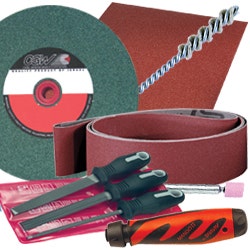Hi, I have Ivan Law's Gears and Gear Cutting and want to make a cutter. So my question is what steel should I use for the cutter. I have a 1/4 HSS blank but doesn't hard + hard = crash? Do I have to anneal it then harden and temper or use drill rod? The book does not address the type of material to use for the cutter.
Thanks
Tim
Thanks
Tim
.png)





Comment